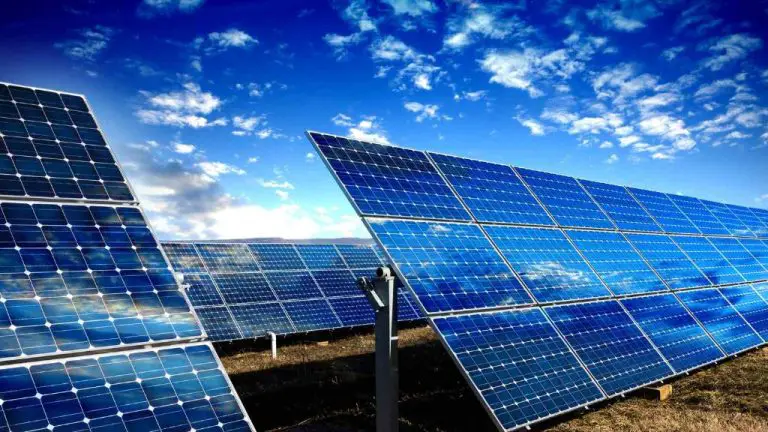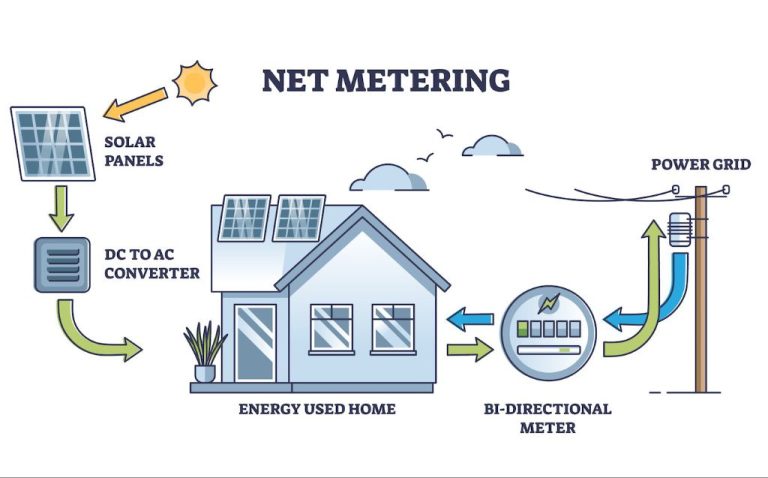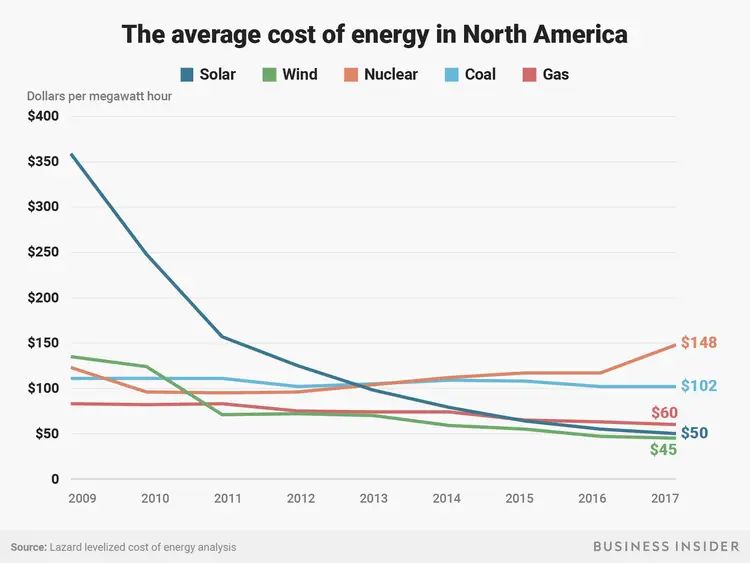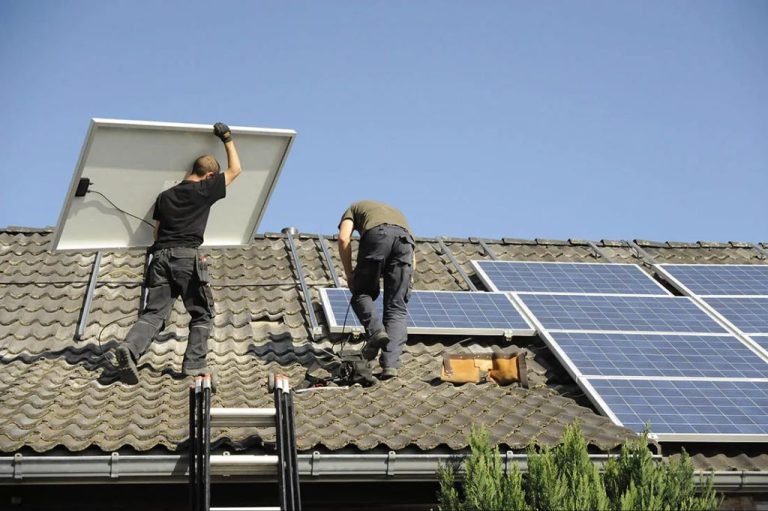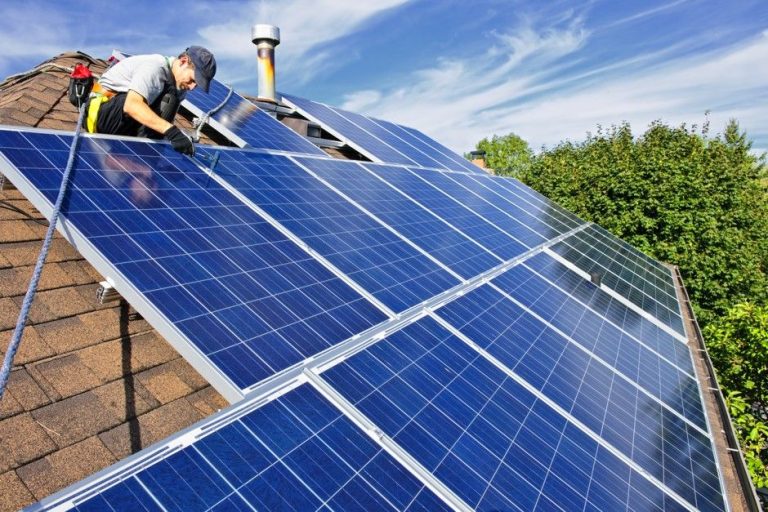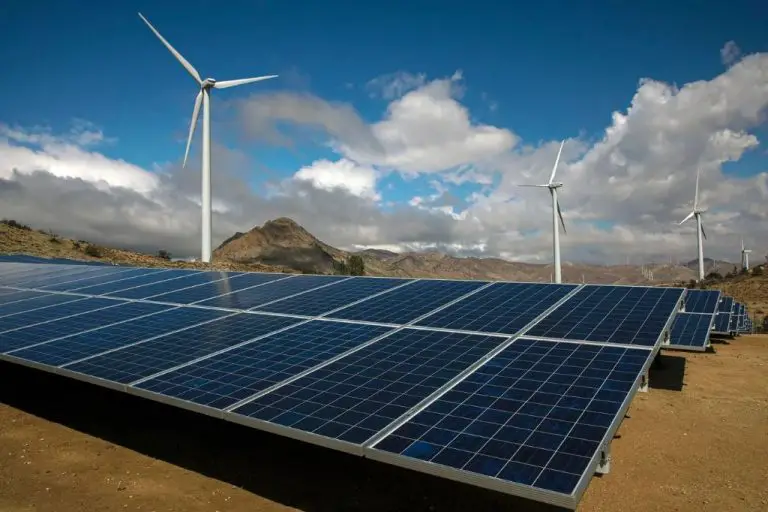How Is Solar Energy Produced Step By Step?
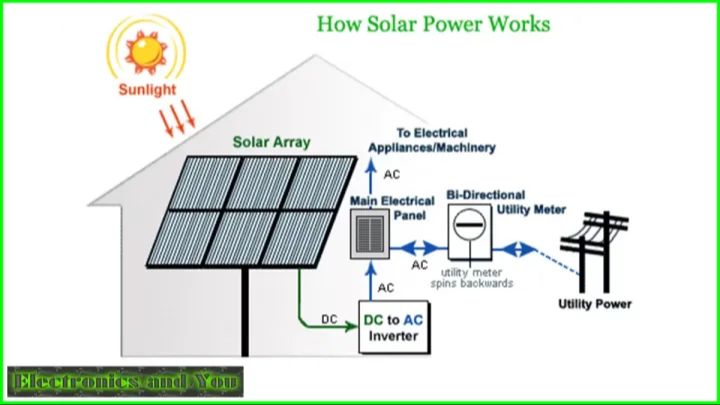
Solar energy is the radiant energy emitted from the sun that is harnessed using various technologies such as solar heating, photovoltaics, and concentrated solar power. Humans have utilized solar energy for thousands of years, initially through passive solar techniques like orientation of buildings. In the late 19th century, the first solar collector to produce steam was developed, marking the start of active solar technology development. Today, solar energy is one of the fastest growing renewable energy sources in the world, supplied mainly by photovoltaics and concentrated solar power plants.
Solar energy provides numerous important benefits. It is abundant, inexhaustible, and available anywhere with sunlight exposure. Solar power systems produce little to no emissions, helping combat climate change and pollution. Solar energy can be deployed rapidly and modularly to meet energy demand. It also increases countries’ energy security and independence by relying on the sun rather than imported fuels. With solar technology costs declining rapidly, solar power is becoming increasingly cost-competitive with conventional power generation. Given these benefits, solar energy will play a critical role in the global transition to sustainable and renewable energy sources.
How Solar Panels Work
Solar panels work through the photovoltaic effect, which is the process of generating electricity from sunlight. When sunlight hits the solar cells inside a panel, it knocks electrons loose from the atoms in the semiconducting material, allowing them to flow freely. The PV cells contain a positive and negative layer that forms an electric field. When the electrons are knocked loose, they naturally flow toward the positive layer, creating an electrical current (source: https://www.iop.org/explore-physics/physics-around-you/sustainable-building/solar-panels).
Solar panels are made up of many individual solar cells, which are commonly created from silicon. The silicon is treated to have an excess of electrons on one side and a deficit on the other, forming the positive and negative sides. When sunlight enters the cell, the electrons move between the two sides, generating electricity. Wires are attached to the positive and negative sides to capture and carry away the electricity (source: https://pickmysolar.com/how-solar-panels-work/).
Types of Solar Panels
There are two main types of solar panels: crystalline silicon panels and thin-film panels.
Crystalline Silicon Panels
Crystalline silicon panels, also known as photovoltaic (PV) panels, are the most common type of solar panels. They are made from silicon wafers that have been cut into either monocrystalline or polycrystalline structures.
Monocrystalline solar panels are made from a single crystal of silicon, giving them a uniform black appearance. They typically have the highest efficiency rates, usually around 15-20% (https://www.energysage.com/solar/types-of-solar-panels/). However, they are more expensive than polycrystalline panels.
Polycrystalline solar panels are made from fragments of silicon crystals melted together. They have a speckled blue color and are less efficient than monocrystalline, with average efficiency around 13-16% (https://www.thisoldhouse.com/solar-alternative-energy/reviews/types-of-solar-panels). However, their manufacturing process is simpler so they are less expensive.
Thin-Film Panels
Thin-film solar panels are made by depositing photovoltaic material onto substrates like glass or plastic. They are cheaper to produce than crystalline silicon but less efficient, with average efficiency rates of 7-13% (https://aurorasolar.com/blog/solar-panel-types-guide/).
There are several types of thin-film solar panels, including cadmium telluride (CdTe), amorphous silicon (a-Si), and copper indium gallium selenide (CIGS). CIGS tends to have the highest efficiency, followed by CdTe and then a-Si.
Thin-film solar panels have an appearance of dark blue, black, or brown. They are lightweight, flexible, and can be integrated into building materials like roof shingles.
Comparison
When deciding between solar panel types, key factors are efficiency, temperature response, physical appearance, and cost. Crystalline silicon panels are more efficient and have better high-temperature performance. Thin-film can be a less expensive option but needs more space to produce the same amount of electricity.
Solar Panel Installation
Installing solar panels requires careful planning and expertise to ensure proper positioning, wiring, and connections (source). The main components in a solar panel system installation include the panels themselves, mounting equipment, inverters, wiring, and a meter or monitoring system. There are several mounting options depending on the type of roof. Rooftop systems can be mounted flush to the roof, tilted at an angle, or on racks. Ground-mount systems are also an option and can utilize poles or frames secured in concrete foundations. Most areas require permits and inspections for solar installations to meet electrical and fire codes.
The installation process begins by determining the proper positioning and layout based on the roof size, shape, and direction. The mounting equipment and rails are secured, allowing the solar panels to be attached and wired together. DC wiring connects the array to one or more inverters, which convert the electricity from DC to usable AC power. The inverters are connected to the home’s electrical panel and utility meter to tie into the grid. Throughout the installation, inspectors will verify the array’s structural integrity, grounding, wiring methods, and other safety factors before final approval.
Positioning Solar Panels
The optimal orientation and tilt for solar panels depends on your location. In the continental United States, solar panels are generally mounted facing south and tilted between 15-40 degrees to maximize exposure to the sun’s rays. According to the Department of Energy, this orientation will generate the maximum amount of energy over the course of a year [1].
Angling panels away from true south will decrease efficiency. West-facing panels may produce up to 15% less energy, while east-facing panels will produce 5-10% less. North-facing panels will produce very little energy [2].
Some solar panel systems use tracking mounts that automatically pivot throughout the day to directly face the sun. Single-axis trackers increase energy production by about 25-30% compared to fixed mounts. More complex dual-axis trackers can boost production by 30-40%, but have higher costs and maintenance requirements.
Connecting to the Electrical Grid
The majority of solar panels installed on homes and businesses are connected to the electrical grid. This allows owners to use grid power when solar production is low, and to feed excess solar power back to the grid. Solar industry research data shows that over 90% of solar capacity installed in the U.S. is connected to the grid.
Connecting a solar system to the grid requires an inverter. The inverter converts the DC power generated from solar panels into AC power that is compatible with the grid. There are string inverters for small solar arrays and microinverters for individual panels. Inverters must meet electrical codes and standards for safety and reliability.
Off-grid solar systems are not connected to the utility grid. They require batteries to store excess solar energy for use when the sun isn’t shining. Off-grid systems are more complex to design and install. They are often used for remote locations, homes very far from utility lines, or as an emergency backup. With battery prices falling, off-grid systems are becoming more popular for homeowners who want energy independence.
Solar Panel Maintenance
Proper maintenance is essential to keep solar panels operating efficiently. The most important maintenance task is cleaning. Solar panels can collect dirt, dust, pollen, bird droppings, and other debris which can reduce their energy output. Experts recommend cleaning solar panels an average of every six months, with once a year being a minimum. More frequent cleaning may be needed for panels in dusty environments. Cleaning can often be handled by the owner with some warm water, a soft sponge or brush, and a mild detergent (Source 1). Beyond basic cleaning, an annual thorough cleaning by a professional is recommended to keep panels operating at peak efficiency (Source 2).
Other maintenance involves checking electrical connections and wiring for damage, inspecting mounts and frames for wear, and trimming overgrown vegetation that may shade the panels. It’s also important to keep an eye out for error lights or alerts from system monitoring equipment, and address any issues promptly. Professional solar installers can provide maintenance services and repairs as needed.
Efficiency and Output
There are several factors that affect the efficiency and output of solar energy systems:
The most important factor is sunlight intensity, which varies by geographic location and weather conditions. Areas that receive more annual sunlight and less cloud cover will have higher solar efficiency. Solar panels are most efficient when pointed directly at the sun.
The type of solar technology also impacts efficiency. Monocrystalline silicon solar cells tend to have the highest efficiencies, usually around 15-22% for commercially available panels. Thin film solar cells, while cheaper, tend to have lower efficiencies of around 7-13%.
Higher solar panel temperatures can reduce efficiency. This is why cooling systems and positioning to maximize air flow might be used in some large scale installations. Efficiency slowly degrades over time as well.
The capacity factor refers to the actual output of a solar system compared to its maximum possible output if it was operating at full rated capacity 24/7. The average capacity factor for solar PV systems ranges widely based on location, estimated between 10-25% [1]. Capacity factors tend to be higher in the sunniest states like Arizona and California and lower in cloudier northern states.
Tracking systems that follow the sun throughout the day can increase capacity factors by 25-45% compared to fixed tilt systems [2]. The highest solar capacity factors in the U.S. tend to be in California, Hawaii, and parts of the Southwest. The nationwide average was around 24.4% in 2021 [3].
Future Outlook
The future for solar technology is bright with a projected growth and declining costs. As reported on the National Renewable Energy Laboratory (NREL) website, the Solar Futures Study found that solar energy could supply up to 14% of transportation energy needs in the US by 2050. The MIT Future of Solar Energy study also forecasts continued declining costs for solar panel installations as technology improves. They predict that by 2030, costs could decrease by an additional 40-50%.
Some key solar technology trends that will enable growth and cost reductions are improved solar cell efficiency, thinner and more flexible PV materials, and improved energy storage solutions to handle intermittent solar generation. With strong projected growth in residential, commercial and utility-scale solar adoption, the future is bright for solar to supply an increasing share of global electricity needs.
Conclusion
In summary, solar energy is produced through photovoltaic cells that convert sunlight into electricity. There are two main types of solar panels: monocrystalline and polycrystalline. Installing solar panels involves carefully positioning them to maximize sunlight exposure and properly connecting them to your home’s electrical system or the utility grid. With regular cleaning and maintenance, solar panels can provide clean, renewable energy for decades.
The benefits of solar energy include cost savings on utility bills, increased home value, reduced environmental impact, and energy independence. Solar power works in all climates and creates local jobs and wealth. As solar technology continues advancing and costs keep decreasing, solar energy has a bright future for widespread adoption.

